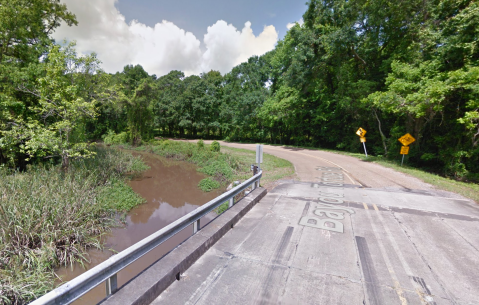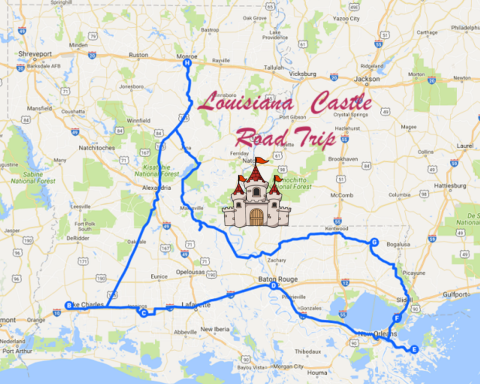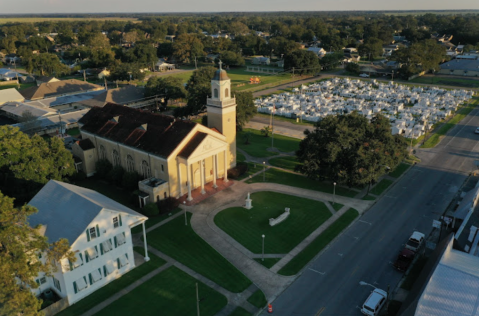The Historic Small Town That Every Louisianian Should Visit At Least Once
There are plenty of small towns in Louisiana that are worthy of a day trip, but few can compare to the history you’ll find in St. Martinville. If you were born and raised in Louisiana, especially if you’ve Acadian roots, make sure to put St. Martinville, Louisiana at the top of your bucket list.
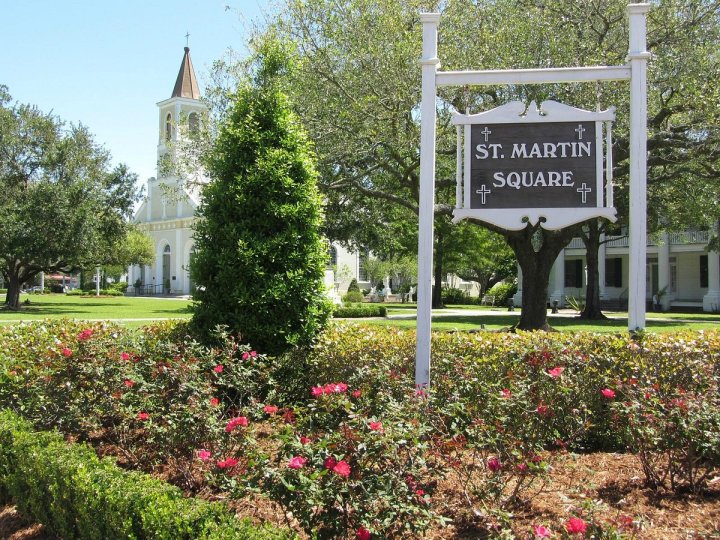
With a population that hovers around 6,000 people, it’s a charming small town in Louisiana that’s overflowing with history, especially when it comes to some of Louisiana’s earliest settlers, the Acadians.
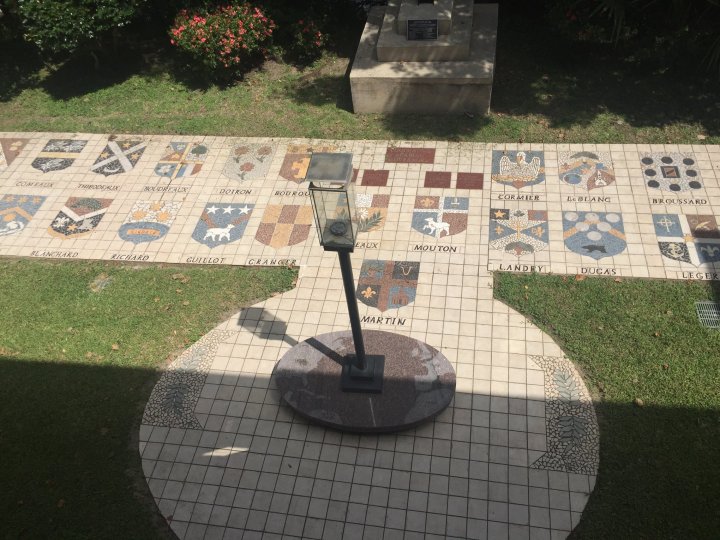
Here, you'll learn more about the Acadian exile from Nova Scotia and how they eventually ended up in Louisiana. Pictured above are the Coats of Arms of many Acadian families, whose last names you may recognize like Broussard, Comeaux, and Richard.
Advertisement
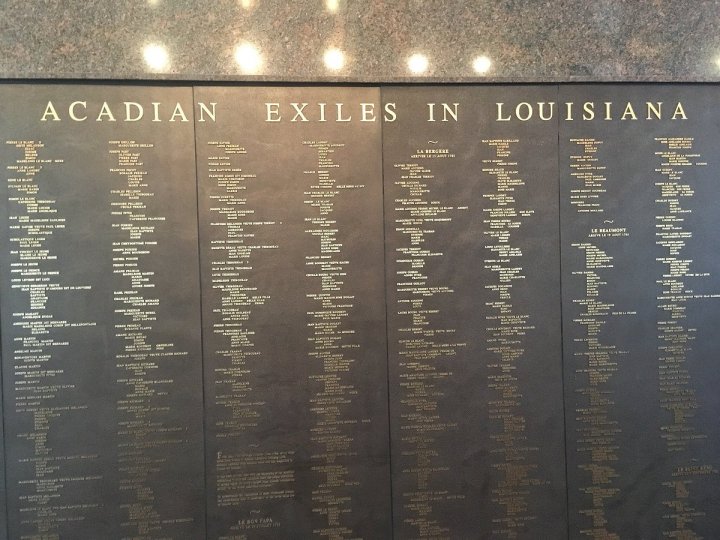
There's a lot to learn about this part of Louisiana, especially with Acadians/Cajuns. As a *very* brief refresher, the British expelled thousands of Acadians from what is now known as Nova Scotia (as well as surrounding areas) between 1755-1764 after they refused to swear allegiance to the crown. Separated from their families and uprooted from their homes, an estimated 5,000 Acadians tragically lost their lives on the ships they were forced on. Many were deported to the original Thirteen Colonies, and then to Britain and France. Through Spanish ships, many Acadians who were sent to France found a new life in southern Louisiana, where over the years a new culture emerged, Cajun, which was influenced by Native American and African cultures.
More than half of the Acadian population lost their lives during the exile, with countless others becoming enslaved or imprisoned. This has been called ethnic cleansing by historians, with some even going so far as to call it genocide. In 2003, the British monarchy acknowledged it for the first time ever, and designated July 28 as "A Day of Commemoration of the Great Upheaval."
More than half of the Acadian population lost their lives during the exile, with countless others becoming enslaved or imprisoned. This has been called ethnic cleansing by historians, with some even going so far as to call it genocide. In 2003, the British monarchy acknowledged it for the first time ever, and designated July 28 as "A Day of Commemoration of the Great Upheaval."
Advertisement
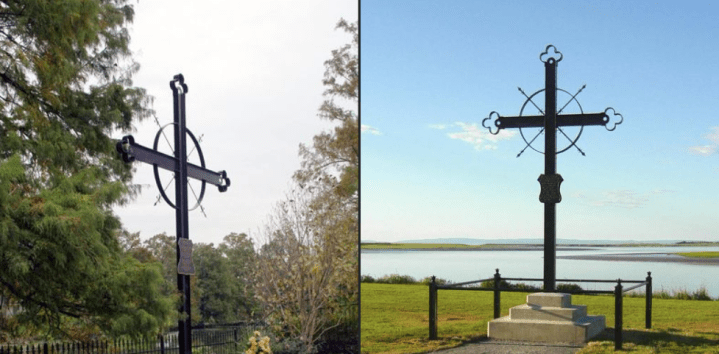
The photo on the left is the replica that's located in the meditation garden behind the museum. The original Grand-Pré Deportation Cross (pictured on the right) is located in Nova Scotia.
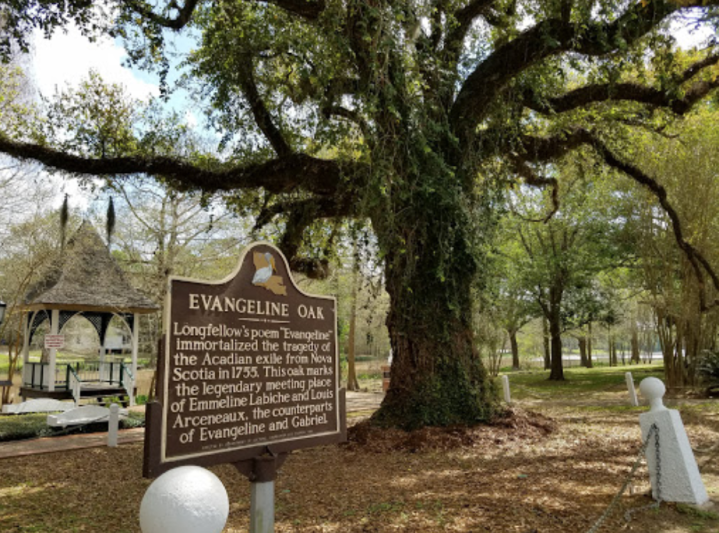
Henry Wadsworth Longfellow memorialized the explosion in his poem, Evangeline, which was published in 1847. The poem follows an Acadian girl named Evangeline in her quest to find her beloved Gabriel during the Great Upheaval.
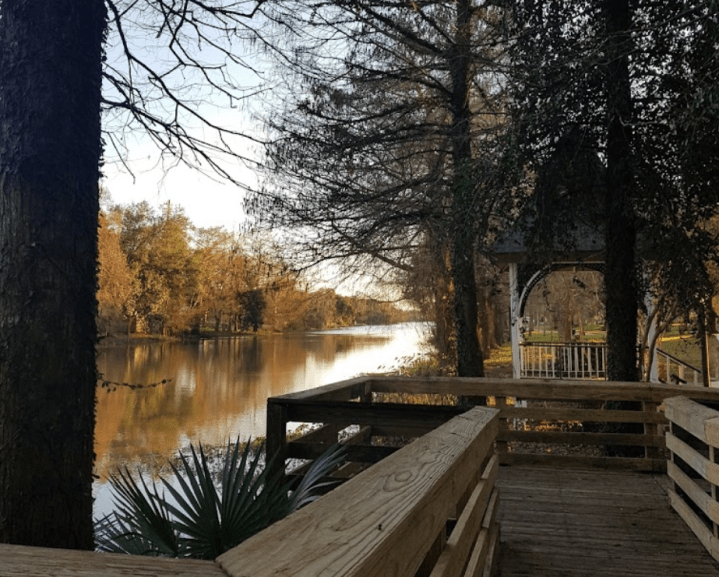
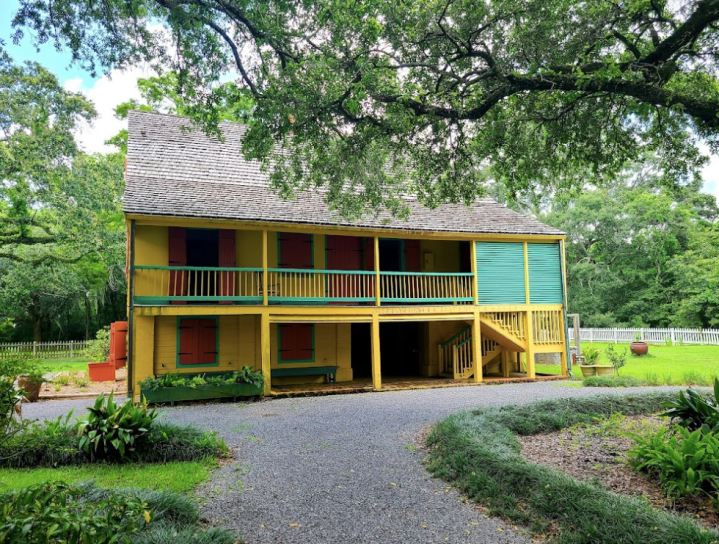
Founded in 1934, it’s the oldest state park in Louisiana and it has a fascinating history. The picture above is Maison Oliver, a plantation home built in 1815 by wealthy Creole Pierre Olivier Duclozel de Vezin who bought the land to grow cotton, raise cattle, and eventually, sugarcane. The building is a fascinating example of Creole, Caribbean, and French influences.
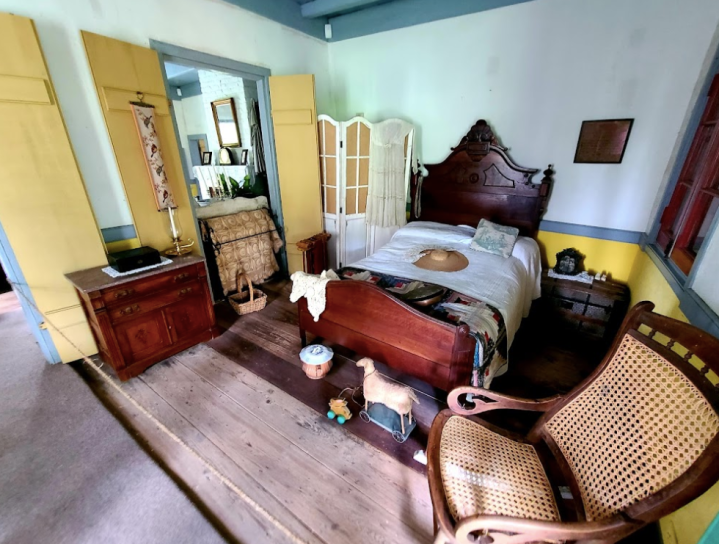
Advertisement
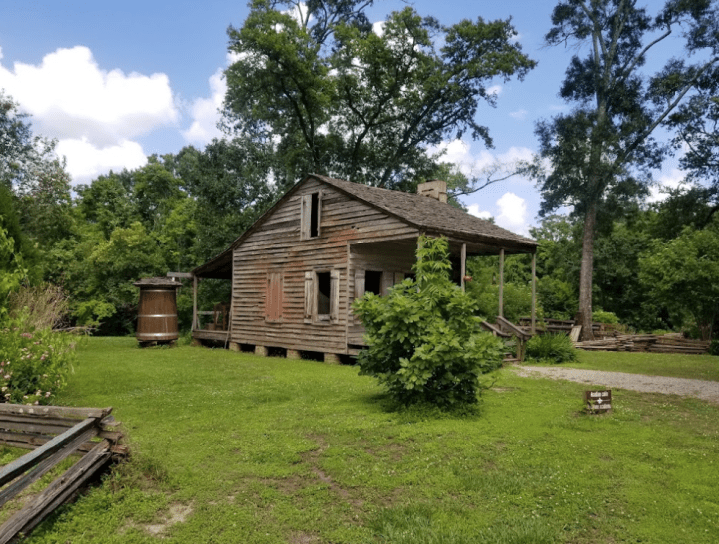
There are actually several buildings along the property that highlight the cultural diversity and history of the area, including the role that Acadians, Creoles, Native Americans, Slaves, Frenchmen, and Spaniards all played in developing what we now know today as Acadiana.
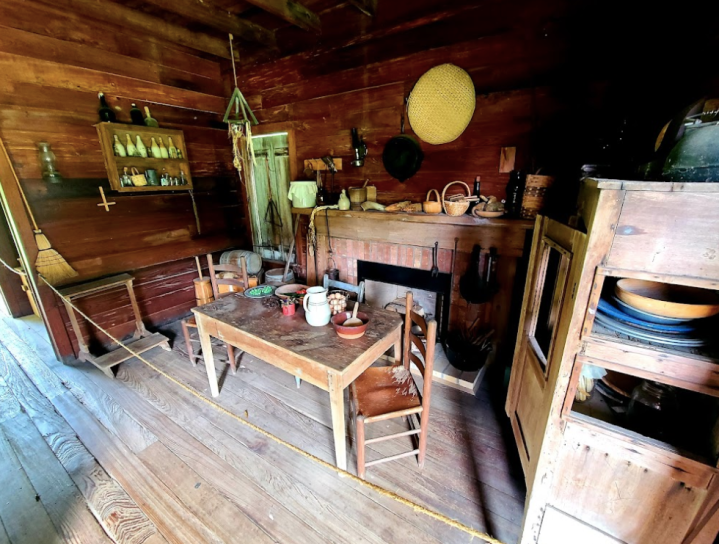
Cajun Country is defined by the stalwart Acadians who were determined to thrive in an environment unlike any they had ever seen before, and through their perseverance, we can proudly continue their traditions.
Joie de vivre!
Joie de vivre!
Have you ever been to St. Martinville? Let us know in the comments below. For even more outdoor adventures in this part of Louisiana, gas up the car and take on the 180-mile Creole Nature Trail.
OnlyInYourState may earn compensation through affiliate links in this article. As an Amazon Associate, we earn from qualifying purchases.
Featured Addresses
Saint Martinville, St Martinville, LA 70582, USA


